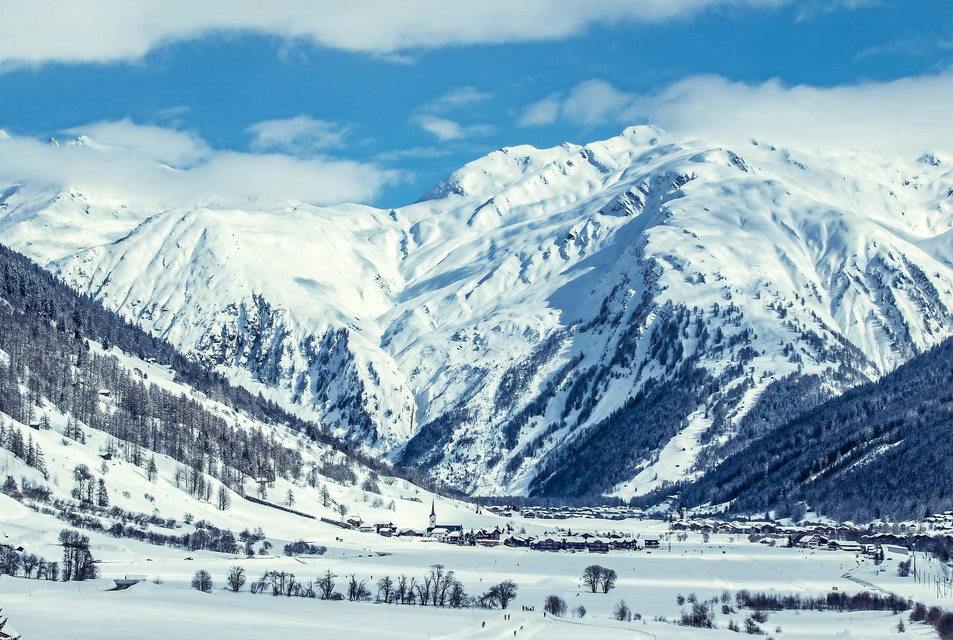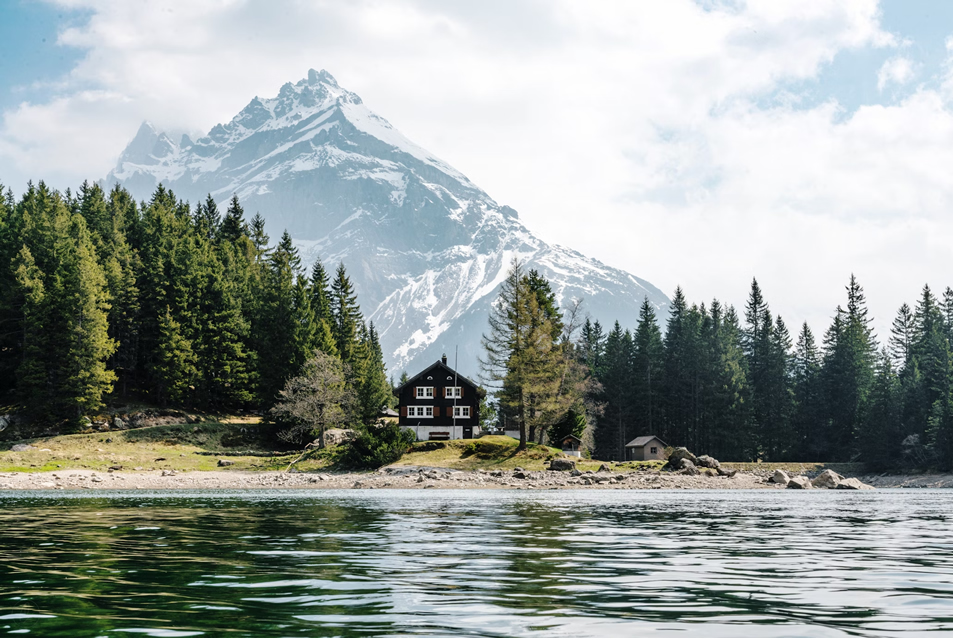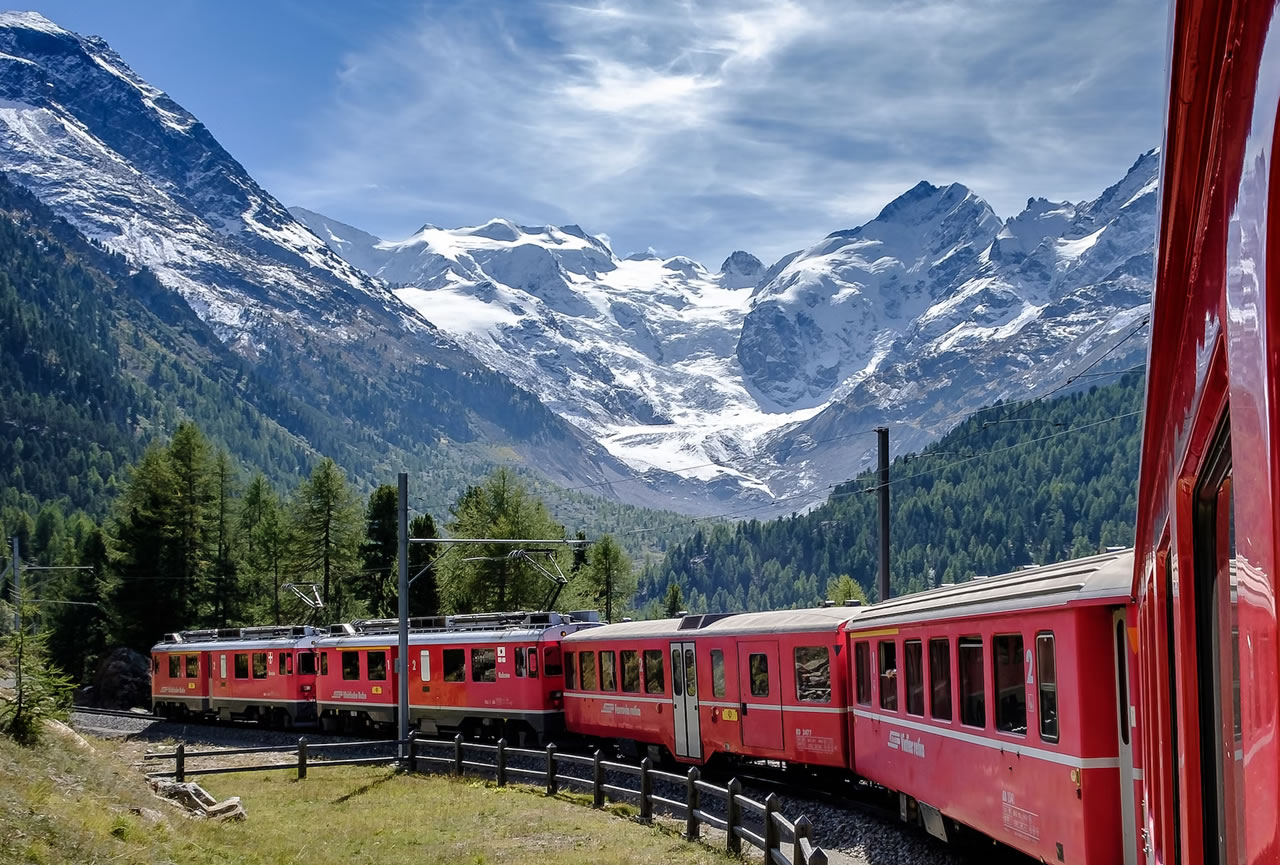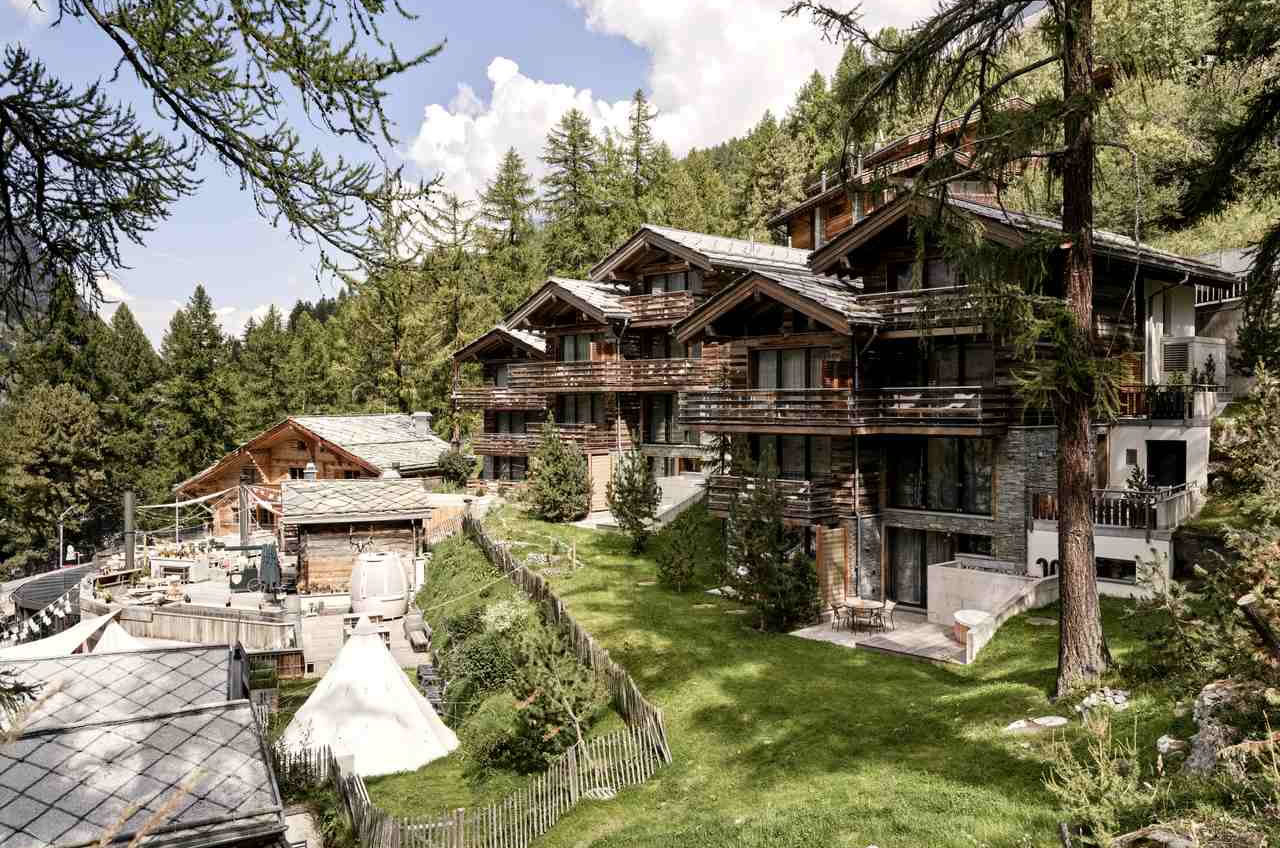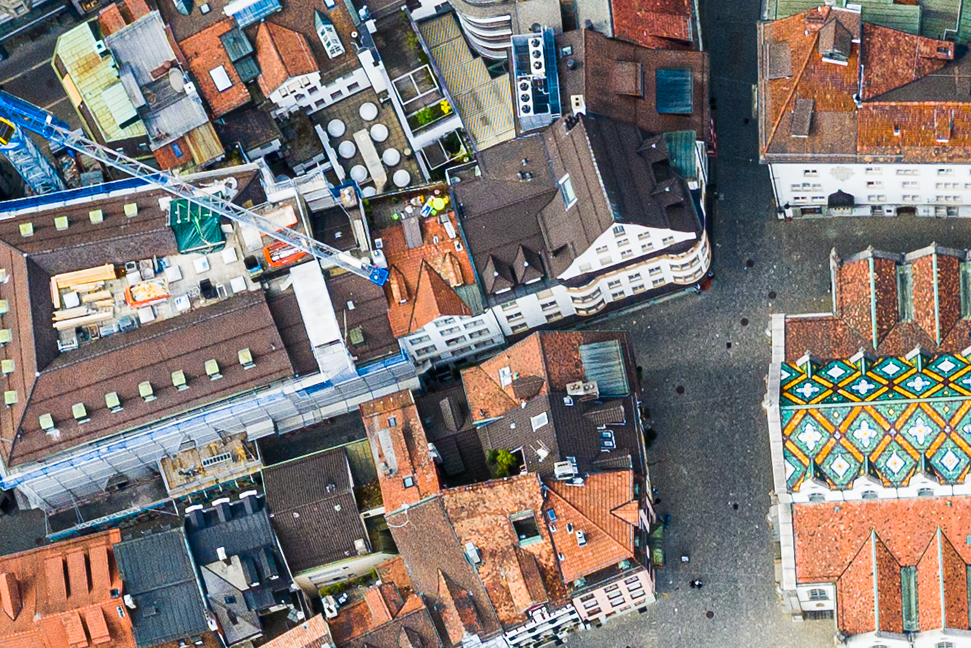Located in the heart of Europe, Switzerland beckons with its pristine landscapes, breathtaking mountains, and charming cities. From the snow-capped peaks of the Alps to the serene shores of its lakes, Switzerland is a country that captures the imagination of travelers from around the world. Join us on a journey through this land of scenic wonders and cultural delights.
Continue readingA Tapestry of Tranquility and Adventure
Nestled in the heart of Europe, Switzerland is a land of captivating contrasts, where snow-capped peaks meet serene lakes and bustling cities blend seamlessly with tranquil alpine villages. Renowned for its pristine landscapes, efficient infrastructure, and rich cultural heritage, Switzerland offers travelers a myriad of experiences to cherish.
Continue readingJungfraujoch
This is the big one. At 3454m above sea level, Jungfraujoch is Europe’s highest train station: a once-in-a-lifetime trip, with views of the deeply crevassed Aletsch Glacier and a never-ending ripple of sky-high Alpine peaks to make you gasp out loud.
Continue readingCervo Mountain Resort: a feel-good retreat in Switzerland
Cervo Mountain Resort: a feel-good retreat in Switzerland
Carnaby is synonymous with the Swinging Sixties. Get there now and experience a brand new jive.
It watched me from behind wispy clouds, tall, bold, stoic and wearing what seemed to be a white shawl wrapped around its frosty peak. The Matterhorn, the jewel of the Swiss Alps was the majestic view from my terrace of Cervo Mountain Resort my neighbour and backdrop soaring to a breathtaking height of 4.478 metres.
What better symbol of strength and confidence to accompany me as I ventured on my first holistic healing retreat in southern Switzerland?
The Cervo Mountain Healing Holistic Summit
Nestled in the rugged beauty and high altitude of the Alpine landscape, Zermatt proved the appropriate location for 17 strangers to gather together to reset goals, pursue ambitions, to let go of negativity and the emotional scars of the past. Travelling from pockets around the globe – New York to LA, London to Oxford and places in between, this retreat was billed as a Holistic Healing Summit, led by a celebrity specialist and arranged by the retreat company, Travelgems. The group was aged from 17- 79, but there was no age limit, and no fitness level expectation.
For some, this was a first-time experience, for others a reunion. An immersion into a new culture and miles away from that safe personal comfort zone. Each one bringing the determination to add more to their lives in a part of the world new and foreign to them.
The Travelgems Retreat Programme
The common denominator at Cervo Mountain Resort was Eloise Joan, an American celebrity fitness and life coach supremo, prominent on US networks. Each participant knew her courtesy of fitness apps, platforms and magazines. Over the months and years, she has been their online instructor, appearing on their screens and hearing through headphones and speakers but the retreat brought her into real-time.
Over the 6 days, she was the leader, coaching and guiding each individual to conquer fear, strengthen self-esteem and improve fitness levels. And, of course, to perfect the mountain pose.
Each day started with an active body session, a blend of soulful yoga, stretch, “Barre Blend”, and mindfulness. A well-deserved nutritious breakfast presented a time to share experiences and socialise in readiness for the challenges of the day, be it paragliding, a five-hour hike or sustainable wakeboarding. Success stemmed from facing and overcoming physical and emotional obstacles, or not.
No pressure, no guilt. Group support and encouragement were apparent as was positivity, friendship and fun.
Transformation
It is said that it takes 6 days to transform behaviour. At the end of the Cervo Mountain retreat, it was evident that the investment in time and personal effort resulted in dividends. Gone were the stressed expressions. Instead, there was laughter and joy. Goals had been reset, paths mapped out, friendships forged and a brighter future ahead. Before leaving I stood on the hotel terrace to see the Matterhorn in its full glory, the clouds had blown away and had been replaced with the energy and strength of nature itself. The air is fresh, the scenery breathtaking, and the Matterhorn radiates confidence from a feel-good retreat in Switzerland.
The Village of Zermatt
Group gatherings, individual coaching and leisure time to off-load weighty thoughts and overcome deep-rooted barriers, hidden for a decade, were scheduled as well as time to build friendships and indulge in time alone to rethink and reset. And there was time to soak up the location and culture. Snuggly cradled in the Swiss Alps, the village of Zermatt is quaint and definitely a draw to tourists, come sun and snow.
Car-free, it has preserved its original character. It’s lined with shops selling outdoor leisure wear, posh boutiques and accessorized with displays of expensive Breitling watches.
Traditional restaurants serve rösti and fondues with Swiss cheeses while hand-made Swiss chocolates and Toblerones, of course, are displayed on every corner.
This is a destination popular with explorers, adventurers and pioneers, drawn to the legendary Matterhorn. British mountaineer, Edward Whymper was the first to climb this pyramidal peak back in July 1865 which led to global recognition of this area. The “Matterhorn glacier paradise” is Europe’s largest and highest-lying summer skiing region. Over 400 kilometres of hiking trails lead through and out of the Matter Valley, including the mule traders’ trails, which date back to the 13th century (a part of these paths is paved).
These natural surroundings are postcard portraits of sky-high peaks, mountain lakes, alpine meadows, larch forests dotted with cuddly, black-nosed goats and accessible by bike, rope, foot or four-wheels.
The Retreat Hotel
Perched high is the 5-star Cervo Mountain Resort, trendy, cool and laid back which provided the perfect ambience for the retreat.
A place at one with its environment dotted with contemporary alpine elements using natural materials and food sourced from local farms and fishermen. It offers 54 rooms, suites and lodges and a contemporary spa, a haven for weary explorers.
Stiftsbibliothek
Top choice in Dubai
Stiftsbibliothek
If the most incredible masterpieces on earth are wrought for the glory of God, St Gallen’s Stiftsbibliothek (Abbey Library) is like a living prayer. Religious or not, you can’t help but look up to the heavens and fall silent as you step across its creaking wood floor, breathe in the scent of 1000 years of parchment, ink, patience, and purity, and cast a careful eye across its stucco-encrusted ceiling, biblical frescoes, playful putti (cherub-like figures), magnificent globe and shelves lined with 170,000 beautiful leather-bound books. Some of the world’s most precious and elaborate medieval manuscripts are hidden here, occasionally dusted off for exhibitions for all to admire.
Once the beating heart of one of Europe’s finest Benedictine monasteries, the library gave St Gallen a solid foot up the celestial ladder in the Middle Ages. Today, this wondrous space forms the centerpiece of the Unesco World Heritage Stiftsbezirk (Abbey District). If you pilgrimage to just one abbey in Switzerland, this should be it.
History of Stiftsbibliothek St Gallen
Local lore states that St Gallen began with a bush, a bear, and an Irish monk who should have watched where he was going. In AD 612, as the tale goes, itinerant monk St Gall (Gallus), one of the twelve companions of Saint Columbanus, was on a mission from Ireland to the continent. He fell into a briar (bush) and considered the stumble a calling from God. After a fortuitous encounter with a bear, in which he persuaded it to bring him a log, take some bread in return and leave him in peace, he used the record to begin building the simple hermitage that would one day evolve into St Gallen’s cathedral.
Whether or not you believe the bit about the briar and the bear, St Gall was instrumental in sewing the seeds of what would blossom into one of the world’s most splendid Benedictine abbeys, founded by Abbot Otmar in 747 AD. The city of St Gallen sprang up around the abbey and developed into one of Europe’s most important intellectual and religious centers.
In the Middle Ages, monks flocked here from afar to pray, read, study scriptures, and devote years to copying and illustrating manuscripts, a painstaking, solitary act that required a patient hand and a peaceful heart. Arts, letters, and sciences flourished here, and the library grew to impressive proportions, with its manuscripts inspiring accomplished artists and leading literary scholars: from Notker Balbulus to Ekkehart IV.
The abbey survived the threats and fires that ravaged the town over the centuries and the turbulent times of the Reformation. Based on plans by the star architect of the baroque age, Peter Thumb of Vorarlberg, the new abbey was built in the mid-18th century, just before the abbey lands were secularised and the monastery dissolved in 1805. The former abbey church became a cathedral in 1848, and the whole site, including the Stiftsbibliothek, was granted Unesco World Heritage status in 1983.
Architecture of Stiftsbibliothek St Gallen
A style, Peter Thumb of Vorarlberg didn’t do things by halves. Completed just before he died in 1767, the library was his parting gift to the world and magnum opus: a swirling confection of curling stucco and frescoes depicting the early church councils. The plump putti (cherub-like figures) in the window niches embody professions – poet and doctor, botanist and carpenter, musician and painter, astronomer and architect.
A balcony unfurls gracefully along the upper level, with 34 windows allowing a painterly light to stream even on overcast days. No expense was spared on the materials, with bookshelves and bookcases carved out of exquisite walnut and cherry wood. Above the entrance, a pair of gilded cherubs hold a sign saying psyché ratio, the Greek for “sanctuary of the soul” or “soul pharmacy.”
Treasures of Stiftsbibliothek St Gallen
Books & manuscripts
Only 30,000 of the total 170,000 volumes are in the library at any time, arranged into special exhibitions. Among these are 1650 incunabula (books printed before 1501). Of the library’s 2100 precious manuscripts – some of which are true works of art and remarkably well preserved – just a handful are on display. The oldest manuscript, dating to 760, was penned by the monk Winithar, who complained about insufficient parchment.
Among its other literary treasures are the 9th-century Cod Sang 555, the earliest portrait of St Columba, a version of The Rule of St Benedict, the cornerstone of medieval monastic life, and Manuscript B of the Nibelungenlied (The Song of the Nibelungs), an epic poem written around 1200.
St Gallen Globe
Igniting the adventurous spirit in any born traveler, the library’s earth and the celestial globe are a beauty, more than two meters high, replete with naturalistic detail, and still incomplete as some countries were yet to be discovered. The 16th-century original was stolen more than 400 years ago, so you see a very convincing replica now.
Vaulted cellar
For more insight into St Gall and his life and work, delve into the vaulted cellar. This houses the Lapidarium, showcasing a collection of the former church’s Carolingian, Ottonian, and Gothic sculptures. There’s also some interesting background, albeit mainly in German, about the art of illustration. The standout is the late 9th-century Evangelium Longum, an illuminated manuscript with an intricately carved ivory cover bearing the hallmark of the monk and artist Tuotilo.
Egyptian mummy
Hailing from the Deir el-Bahri Temple Complex, Shepenese, the library’s ancient Egyptian mummy dates to 700 BC and was given as a gift to the mayor of St Gallen in 1820, together with two wooden sarcophagi. Shepenese was the daughter of a priest and lived at the start of the Saite Dynasty (672 to 525 BC).
Dom St Gallen
Taking the stylistic leap from baroque to classicism, St Gallen’s twin-towered, mid-18th-century cathedral is only slightly less ornate than the world-famous library nearby. A riot of mint-green stucco and rose marble, the cathedral dances with dark, stormy frescos, cherubs, and saints gazing down from heavenly clouds. The cupola (ceiling dome) shows a vision of paradise with the Holy Trinity at the center. To experience the cathedral at its uplifting best, visit during one of the Dommusik concerts.
Exploring St Gallen
While you’re in St Gallen, factor in time for a stroll around the Altstadt (Old Town), where many houses are embellished with Erker (oriel bay windows), especially around Gallusplatz, Spisergasse, Schmiedgasse, and Kugelgasse, locals have totted them all up and reckon there are 111. Some bear the most extraordinary timber sculptures – a reflection of the wealth of their one-time owners, primarily textile barons.
Need to know
Multilingual audio guides are available at the abbey library and exhibition space counters, as are felt slippers, which are obligatory to protect the parquet floor. Photography is strictly forbidden (even without flash). The abbey ticket cost includes public 45-minute guided tours in German that depart at 2 pm daily; no booking is required.

